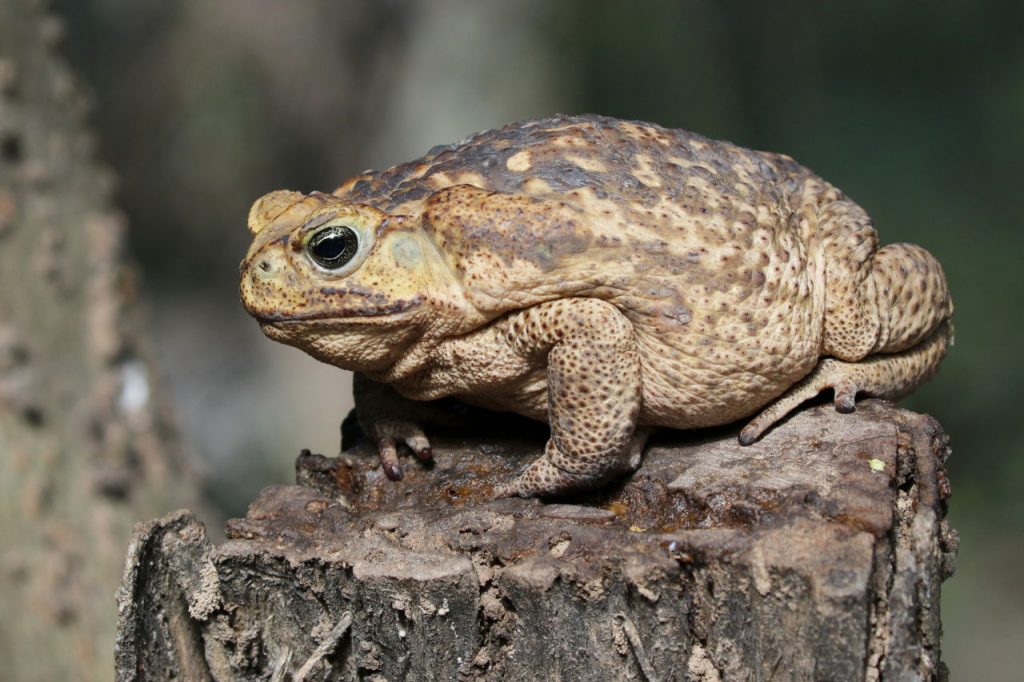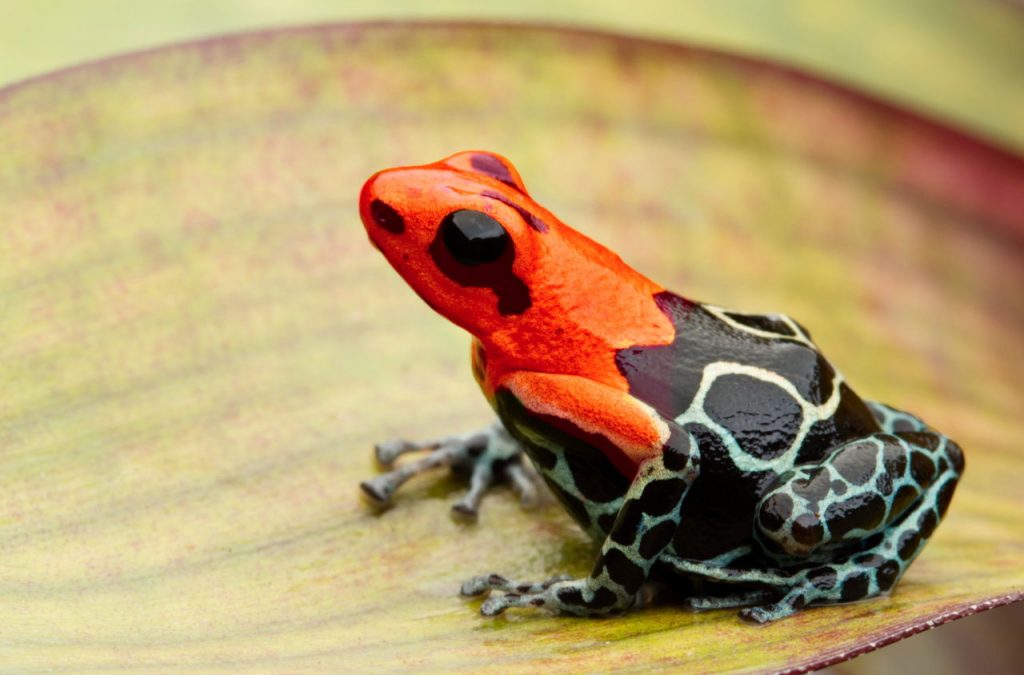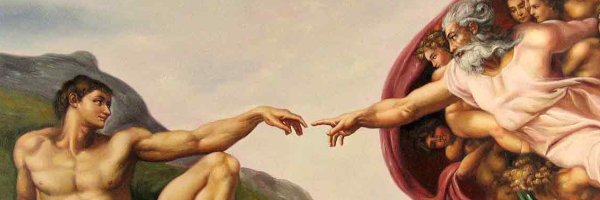In Florida, there is an invasive species of toad that plagues the land every summer. The cane toad, also known as the bufo toad, is a poisonous amphibian that, when provoked, can produce a milky white toxin on its back. The poison produced by the toad is fatal for dogs, which unwittingly lick the toad.
What happens to a species that meanders down the road of evolutionary transformation, only to find in the end that they made a wrong turn about 50 billion years back? It seems that this is the story of the toad. Fat, clumsy, ugly, and slow, the toad is an example of evolution gone wrong.
Why do animals produce poison?
According to an article by the BBC, “most venomous animals target a specific and narrow array of prey species, and it is these species that shape the evolution of their venom.” What specific species is the toad targeting to produce such a deadly poison? Even though the cane toad is HUGE, it certainly could not eat a dog–not even a really, really small dog! So, let’s consider self-defense. Science would have us just believe this to be the case. However, the “toxin could leave a dog or cat in serious distress or dead in as little as 15 minutes,” according to the Florida Fish and Wildlife Commission. FIFTEEN MINUTES! That is certainly plenty of time for any dog (cat, possum, bird of prey, or any other natural enemy) to dispatch the toad to its eternal home. Clearly, that was a colossal waste of billions of years of evolutionary progress.

Since the poison cannot save the life of the toad, and it clearly cannot be used to poison prey, might the poison exist to protect future generations of toads? Is it possible that the wise toad has foreseen that by offering itself as a poison sacrifice to a predator would then have the effect of saving the children, or saving the community? Is it possible that the toad possesses such self-awareness that it is evolved into the perfect self-sacrificing creature that, in his death, he rescues all of toad-manity from extinction? I afraid Mr. Toad does not possess the cognitive capacity for such mental math. And while one may be keenly aware of the ferocity with which an alligator mother will defend it’s young, there is little evidence that any amphibian or reptilian has willfully offered themselves in exchange for the survival of their offspring.
It seems to me the toad was shooting for a much higher aspiration. A dream that was actually achieved by a distant relative. The commonly known “poison dart frog” is a smaller, leaner, faster, and *arguably* much cuter version of amphibian. And their poison is thousands of times more powerful.

The story of the cane toad certainly demonstrates the human ability to “make up” an imagined evolutionary narrative that may, or may not be true. But one thing is absolutely certain: how the toad become the boon of evolution will never be understood as fact since we cannot go back in time and observe it.



